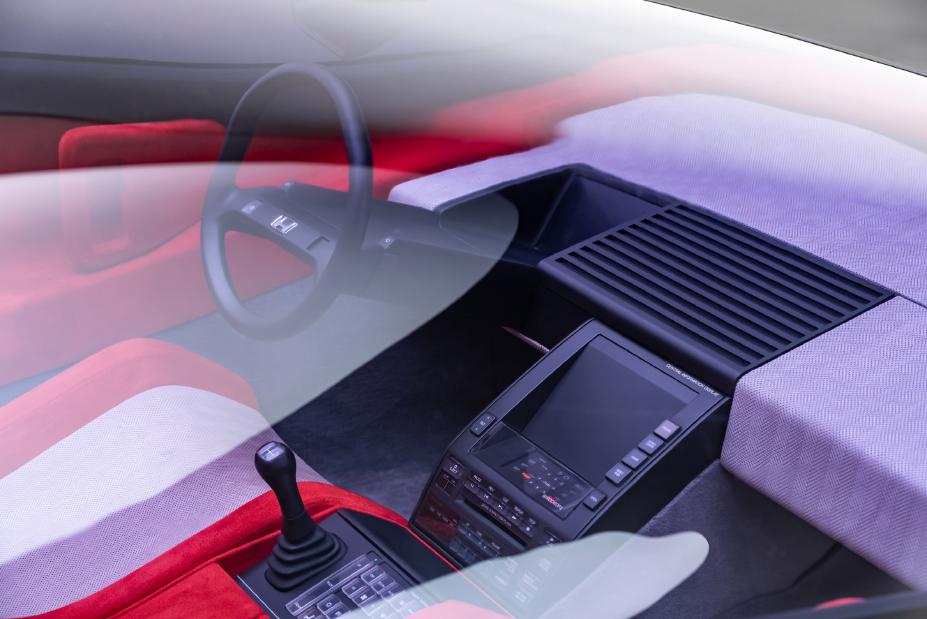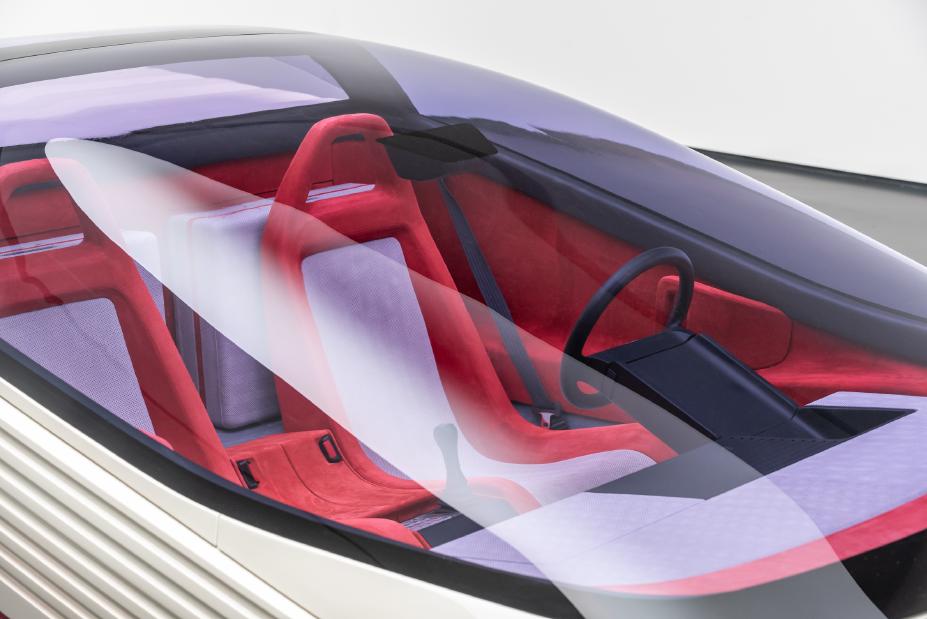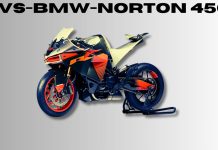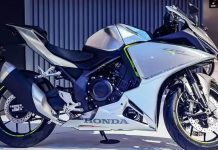The Pebble Beach Concours d’Elegance is set to witness a remarkable moment in automotive history with the reappearance of the Honda HP-X Concept.
Originally showcased at the 1984 Turin Auto Show, the HP-X marks a pivotal moment in Honda’s history, representing the company’s first foray into the supercar segment.
This year, it makes a triumphant return, as a restored masterpiece of the first Japanese vehicle entry in over five decades. Let’s delve into the fascinating story behind this iconic vehicle and its significance.
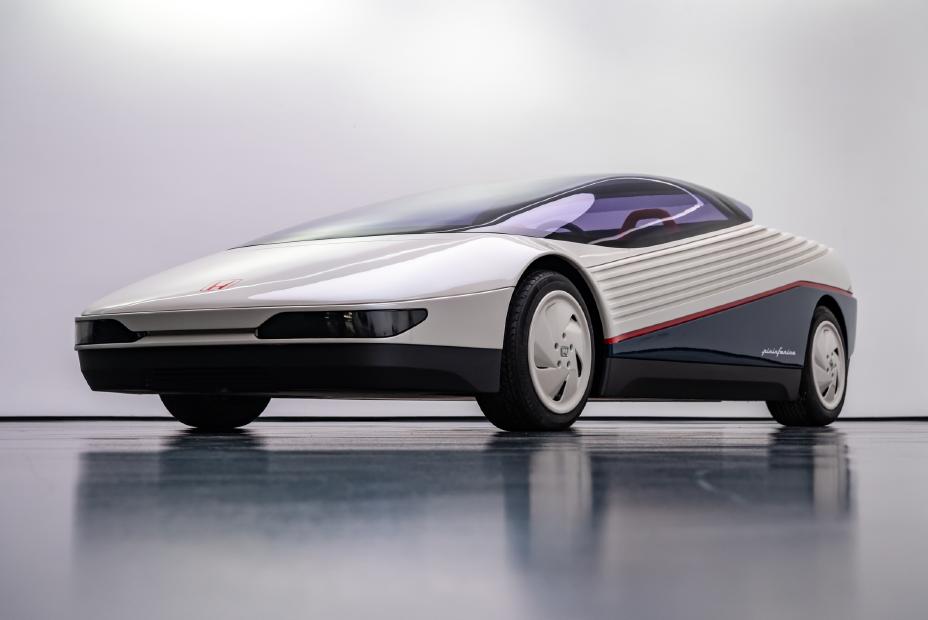
The Radical Design: A Pininfarina Masterpiece
The Honda HP-X Concept, designed by the legendary Pininfarina, is a testament to the forward-thinking ethos of the 1980s.
The design features a dramatic wedge profile and a fighter-jet-inspired cockpit, reflecting the era’s fascination with futuristic aesthetics.
The car’s unique design includes a jet-fighter-style removable single-piece Perspex canopy, which replaces traditional doors, enhancing its avant-garde appeal.
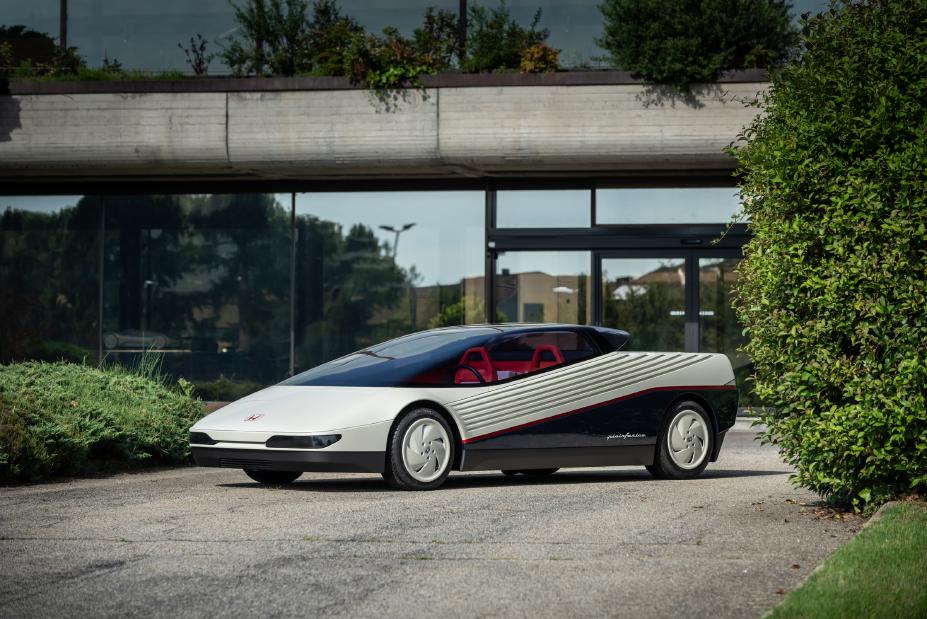
The Influence of Advanced Aerodynamics
One of the standout features of the HP-X Concept is its advanced aerodynamics. The car was equipped with “ground effects,” a technology designed to improve stability and handling at high speeds.
The vehicle’s mid-mounted 2.0-liter DOHC 24-valve V6 engine, based on a Honda F2 racing engine, was a marvel of engineering.
The engine’s placement and the car’s overall design aimed to achieve an optimal balance of power and weight distribution.

Innovative Materials and Technologies
The HP-X Concept was ahead of its time in exploring alternative materials and innovative technologies. The use of honeycomb panels, carbon fiber, and Kevlar not only reduced the vehicle’s weight but also enhanced its structural integrity.
These materials were relatively novel in the automotive industry at the time, showcasing Honda’s commitment to pushing the boundaries of automotive design and engineering.
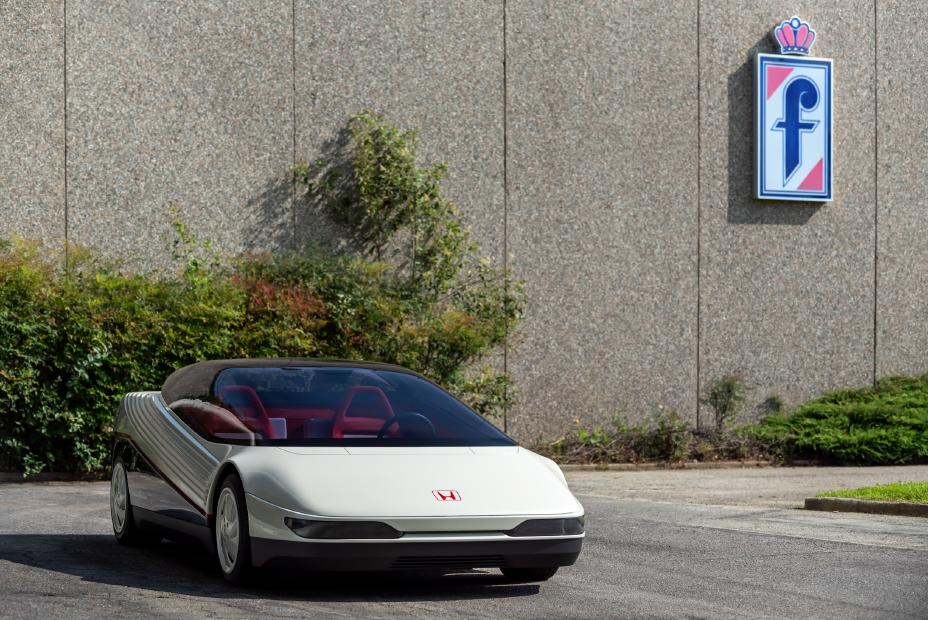
A Glimpse into the Future: Electronic Drive Support System
The interior of the HP-X Concept was designed with a focus on comfort, ergonomics, and functionality. One of the most groundbreaking features was the “Electronic Drive Support System.”
This system previewed advanced features like real-time telemetry, GPS, and road condition warnings via a “special sonar.”
These technologies, commonplace today, were revolutionary concepts in the early 1980s and demonstrated Honda’s vision for the future of automotive technology.

The Legacy of the HP-X Concept
The Honda HP-X Concept may never have gone into production, but its influence on subsequent Honda models, particularly the mid-engine two-seat NSX, is undeniable.
The NSX, which debuted just a few years after the HP-X, embodied many of the ideas and innovations first explored in the concept car.
The HP-X served as a testbed for ambitious new ideas, technologies, and engineering principles that would later define Honda’s supercar lineage.

Pebble Beach Concours d’Elegance: A Historic Return
The restoration of the HP-X Concept, carried out at the Pininfarina workshop in Italy. Has brought this legendary vehicle back to its former glory.
Its appearance at the Pebble Beach Concours d’Elegance marks a significant moment for Honda and for the history of Japanese automotive design.
This event is one of the world’s top gatherings of automotive and motorsports enthusiasts. Making it an ideal platform for showcasing the HP-X’s unique place in automotive history.
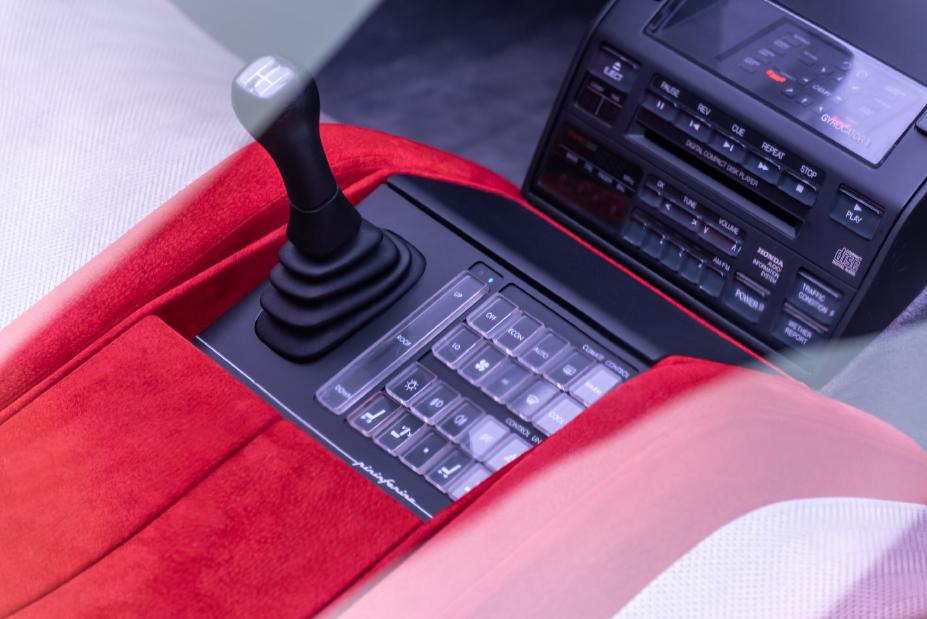
Conclusion: A Legacy of Innovation
The Honda HP-X Concept stands as a symbol of Honda’s innovative spirit and Pininfarina’s design excellence.
Its return to the public eye at the Pebble Beach Concours d’Elegance is a celebration of a vehicle.
A vehicle that pushed the boundaries of what was possible in automotive design and laid the groundwork for future advancements.
As we look back at the HP-X, we are reminded of the importance of visionary thinking in shaping the future of the automotive industry.
